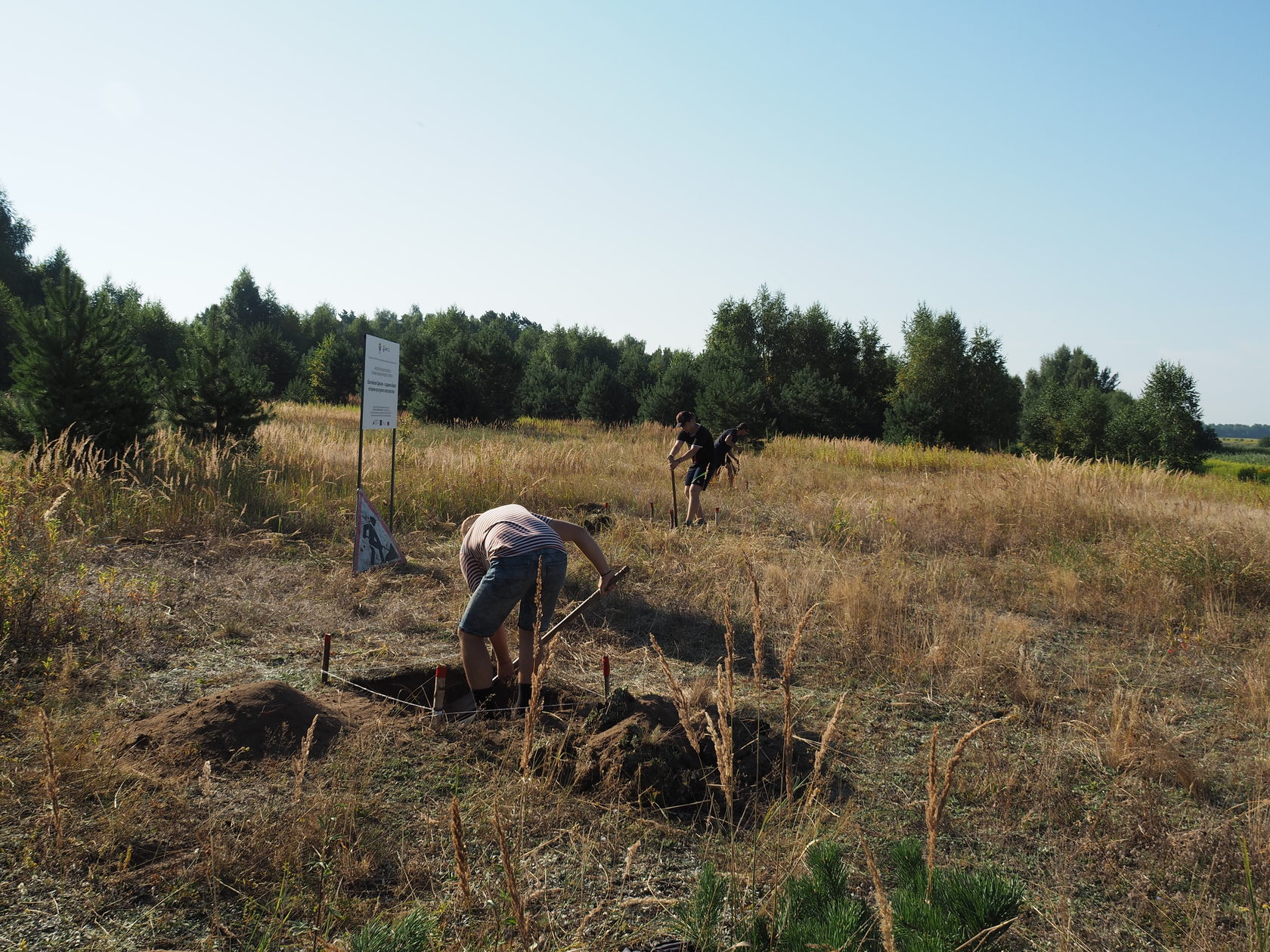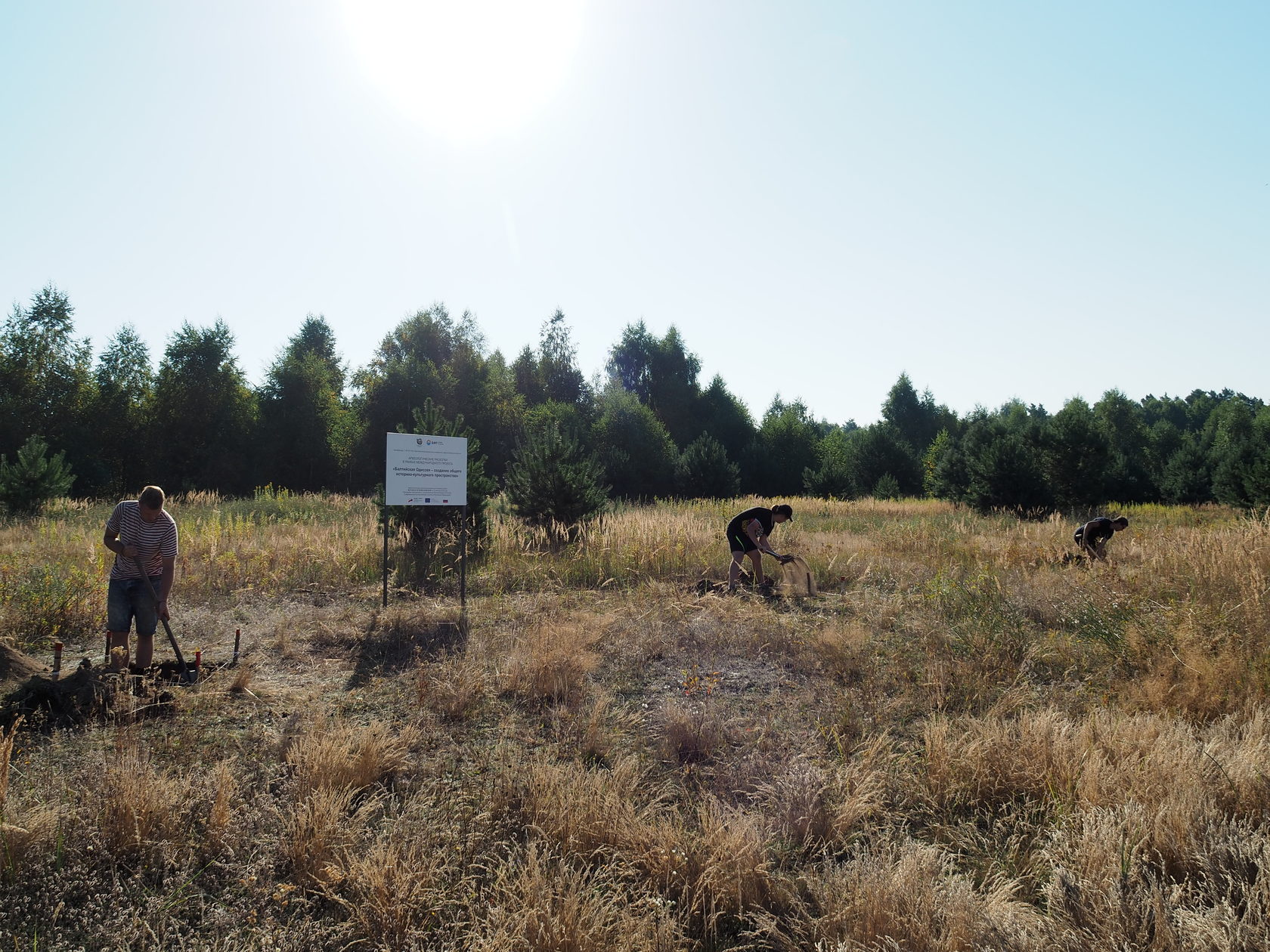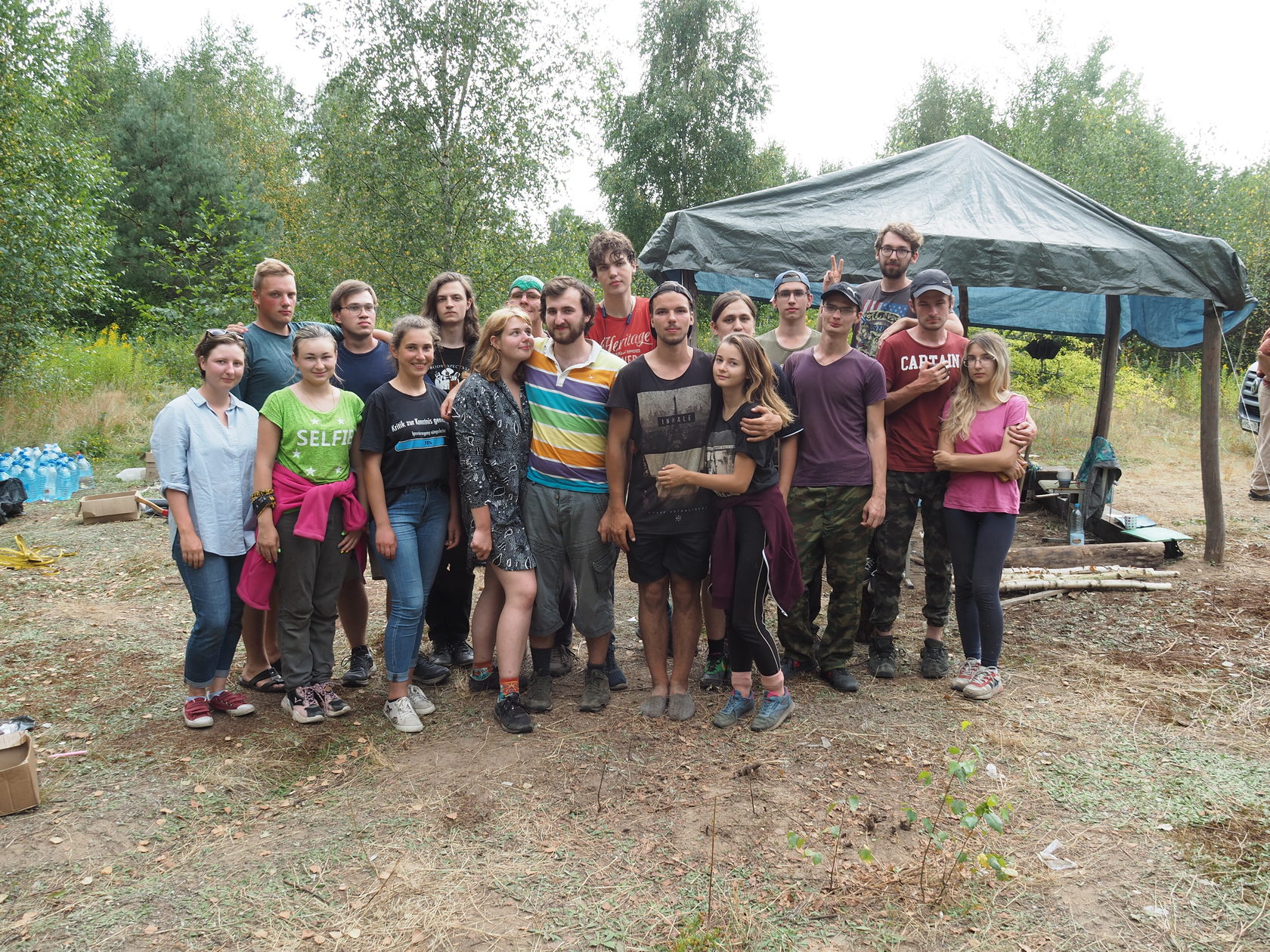At the end of August 2020, an archaeological expedition was completed by the forces of the Center for Archaeological Research of the IGN and organized by the department of the Department of Research of the IKBFU, within the framework of the project "Baltic Odyssey - Creation of a Common Historical and Cultural Space" (No. PR / 1/104/2018) of the Cross-Border Cooperation Programme Poland-Russia 2014-2020.

As it turned out, the forgotten part of the region's territory actually keeps numerous traces of the life of people who lived in this place about three thousand years ago. The place where ancient settlements were discovered is a sandy hill, at the foot of which there is a swampy lowland. But in the distant past, a river flowed here, flowing into the bay. Only a small stream now remains of it. Inhabited in the II millennium BC. the banks of the river people, at least some of them, came from afar. This is indicated by the shape of the dishes, the fragments of which were found during the research. These are bowls, extremely similar to vessels of the very famous bell-beaker culture that existed in Western and Central Europe in the early Bronze Age, as well as flint arrowheads, the shape of which is also similar to Central European ones. But the ornament on these bowls is mostly local. Therefore, the possibility of mixing different cultures in a place that was very convenient at that time is not excluded, since the water area of the Vistula Lagoon made it possible to easily overcome long distances, which, in turn, contributed to the expansion of cultural ties and even direct migrations. The new population was attracted by amber, which was appreciated by the Central European peoples.

It is also important that by the efforts of linguists it was established that it was by the end of the 2nd millennium BC. the Baltic languages proper began to form. Until that time, the local population spoke unknown Indo-European dialects, but, possibly, already close to the Baltic ones. If indeed in the XV-XIII centuries BC. Since new groups of the population from Central Europe penetrate here, it becomes clear the origin of some words in the Baltic languages and borrowings, which linguists associated with the Celts and even Italics. Naturally, these are only cautious assumptions so far, and we will get the real result only after a few years in the process of hard work.
Very encouraging results were obtained when examining the next section, already on the bank of the river. Prokhladnaya, on the outskirts of the village of Ushakovo. Suddenly, in one of the pits, a thick layer of a previously unknown Corded Ware settlement, dating no later than the XXVII century BC, was discovered. At the same time, an astonishing amount of ceramic material and fragments of stone tools were found. The decor on the crockery from this new monument sends us back to Mazury, indicating connections in this direction.
It is planned that large-scale excavations at the sites of the discovered ancient settlements will continue in 2021. If, thanks to this research, preliminary conclusions are confirmed, we can shed light on centuries that previously remained completely unexplored.

This web page has been created and is maintained with the financial support of the European Union and the Russian Federation as part of the Poland-Russia Cross-Border Cooperation Program 2014–2020. Its content is the sole responsibility of the Immanuel Kant Baltic Federal University, cannot be considered as containing the official position of the Russian Federation on any issue, and under no circumstances can be considered as a reflection of the position of the European Union, the Governing Body or the Joint Technical Secretariat of the Cross-Border Cooperation Program Russia-Poland 2014-2020.
